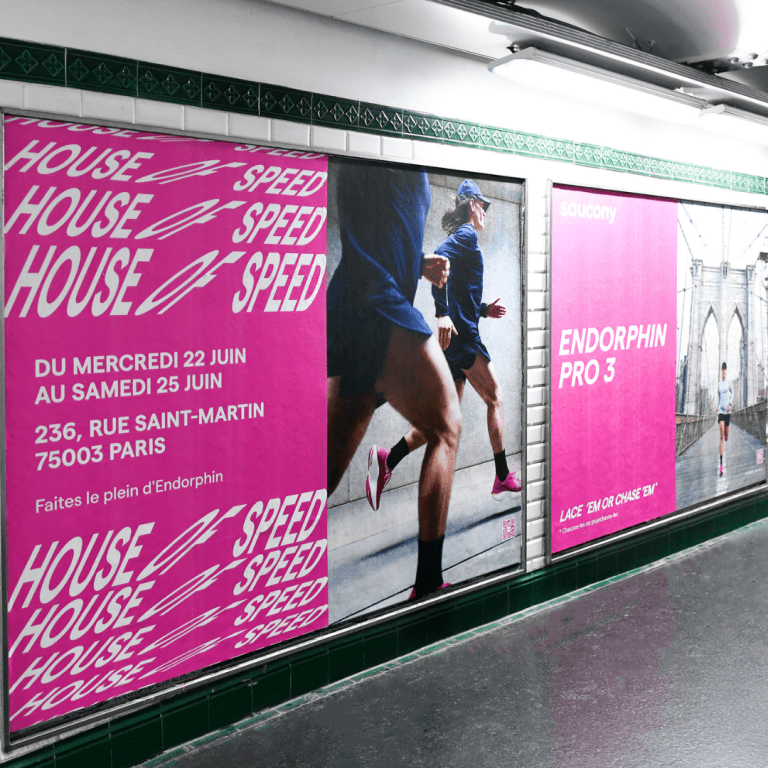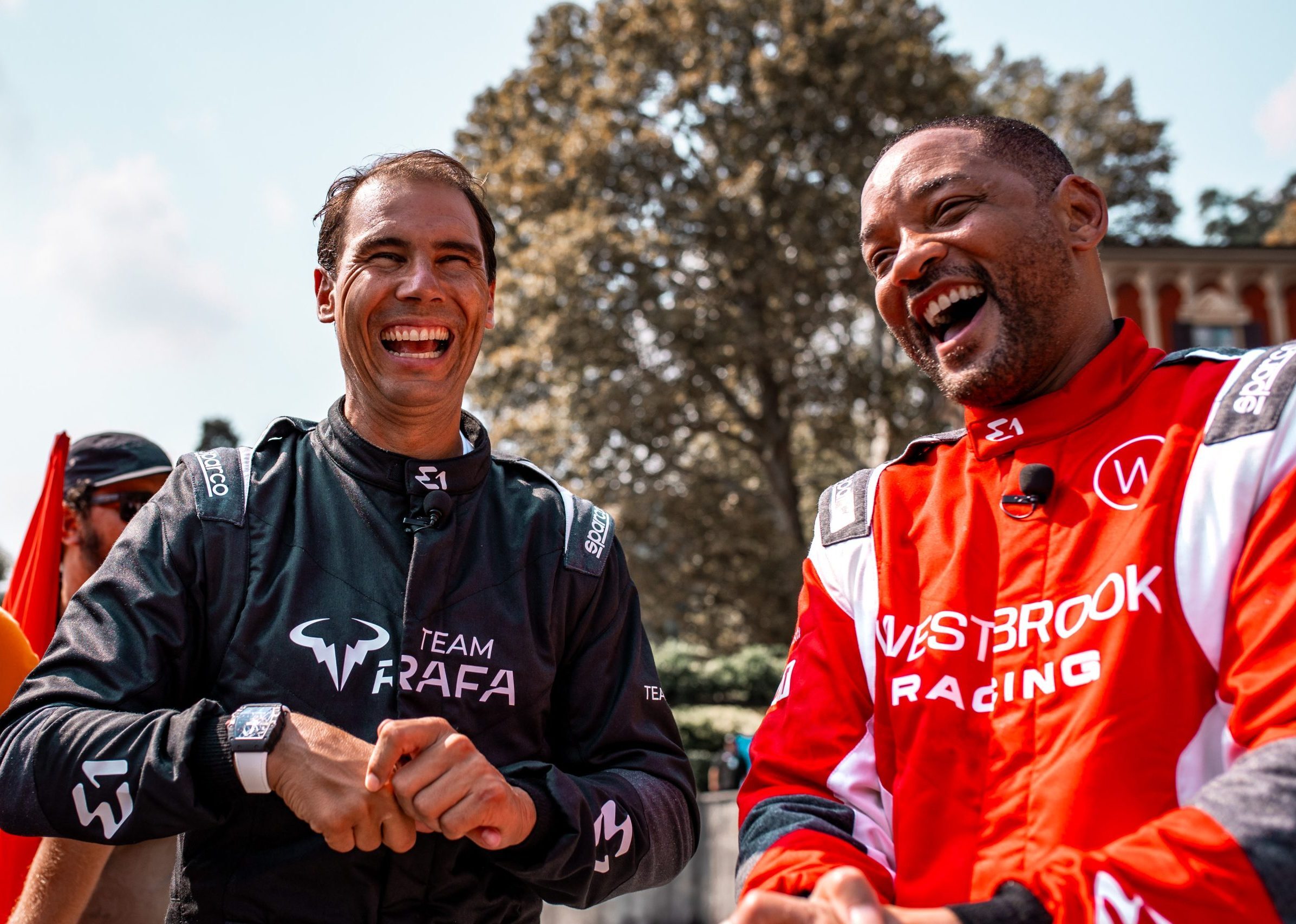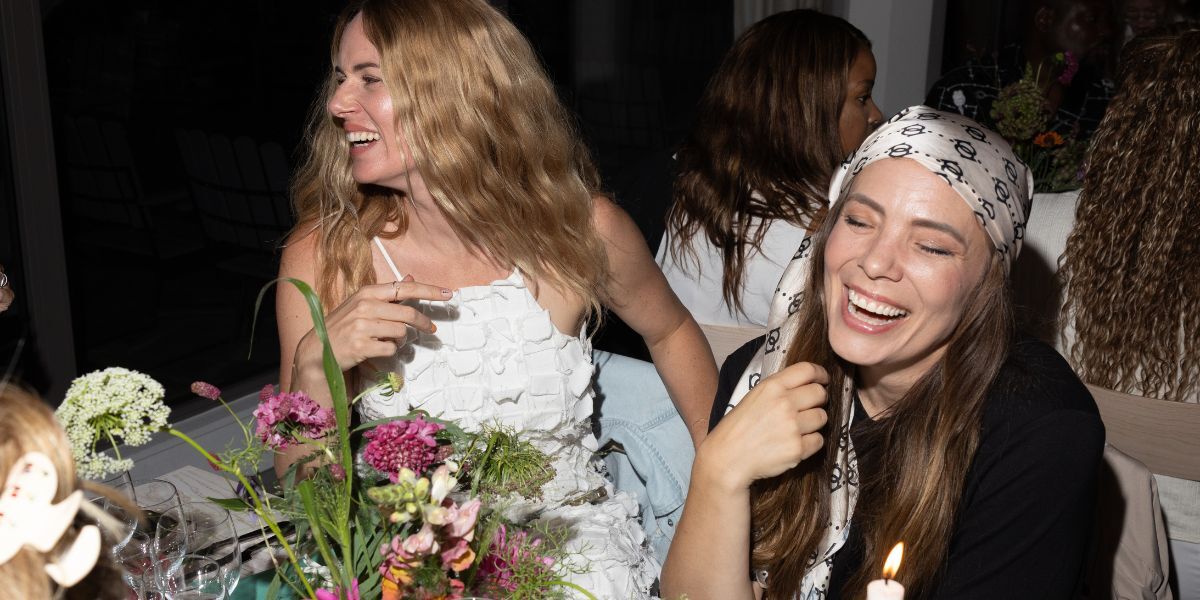Why should consumers care about your brand? It’s no easy feat to shine brighter than your rivals. Yet, savvy brands understand that marketing is a chance to build a genuine bond with your audience. A cleverly designed brand campaign can speak volumes about a brand’s personality, beliefs, and USPs, helping them carve out a place in the hearts and minds of their target customers. Here’s a sneak peek into the key ingredients of a standout brand campaign, empowering brands to carve their own special niche in crowded markets.
What are brand campaigns?
Put simply, brand campaigns are created and activated in a bid to fuel awareness for a brand; thus, helping to create brand recognition amongst consumers. They can help brands to stand out in busy marketplaces by promoting a brand’s identity, values or perhaps personality. All of this can provide a meaningful point of differentiation between a brand and its competitors.
Of course, the objective of each brand campaign depends on the needs of the brand itself and, often, revenue generation may not be the immediate goal of brand campaigns. Instead, there may be a number of different reasons for introducing a brand campaign. As outlined by John James in “Brand Campaigns, Part 4: What are they and when should you use them?” they can help brands alter their positioning, they can promote a brand’s creative ideas, imagery or slogans to help capture consumer attention, or, for already dominant brands, they can simply remind the world of their existence.
Can brand campaigns generate immediate sales?
Building a reputable, recognisable brand is well and good, but what about building sales? Whilst marketers understand the importance of building both brand and sales, trying to achieve them both under one campaign by using the same tactics may prove tricky.
Thinking by Les Binet and Paul Field in “The long and short of it: balancing short and long-term marketing strategies” outlines that, of course, organisations should aim to improve branding and sales efforts. However, these different objectives should be tackled with separate budgets and tactical mixes. Whilst the role of brand campaigns is to build and reinforce brand assets, it is then the duty of sales-focused campaigns to harness these assets and bring in revenue.
In the Marketing Week article entitled “Brand building ads boost short-term sales, and now you can prove it” global brand consultant, professor and columnist Mark Ritson takes a similar stance. He states that the odds of achieving both long and short objectives within a single ad campaign “was not zero, but it was small.”
Before activating a brand campaign therefore, a brand must be clear on what its objectives are. If the aim is to build brand awareness, then the campaign’s messaging, creatives and assets must be geared towards this. Likewise, if the aim is to increase sales, then the campaign’s tactics must be developed with this in mind.
Whilst it is not impossible that a performance campaign helps to develop a brand, keeping these separate does make sense. A sales campaign is a short-term tactic which is more likely to be product-focused and containing a strong call-to-action. All with the end goal of increasing sales, of course. Contrastingly, a well-developed brand campaign should trigger emotional responses amongst its target audience and increase recognition for a brand by utilising distinct brand assets.
What are the best platforms for brand campaigns?
1. Television advertisement – Sure, you need a pretty big budget for this one, so it’s not going to work for every brand. However, our screens have been home to some of the most impactful brand campaigns ever. Each year, for example, brands pay top dollar to have their latest creative masterpiece shown during the Super Bowl. Marketers know the audience figures for this are huge and a truly creative television campaign can stay in the minds of viewers for a long time, helping to build a truly iconic brand.
2. Social media – Brand building on social media is on an un-wavering upwards trend as it provides organisations with the chance to create relatable content and truly engage with their audience. Brands such as Ryanair for example have showcased their humorous side on TikTok in a bid to remain top of consumers’ minds.
3. Influencer marketing – A specific technique for brand building on social media could include exploring how to active an influencer marketing campaign. However, bear in mind that whilst it is tempting to partner with an influencer with a large following, it is more impactful to raise awareness amongst the target audience that will genuinely be interested in what you are promoting. Don’t shy away from micro-influencers who are relevant to your brand’s niche and therefore can talk about the topic with authority. Careful planning before jumping into a partnership will ensure you collaborate with the influencer that perfectly matches your brand’s niche, target audience and budget.
4. Out-of-home (OOH) advertising – OOH advertising consists of advertisements on billboards, the sides of buses or in train stations – essentially, any adverts you see in public places. These are great for reaching a high number of people and can be strategically placed in certain locations to reach local audiences.
Similarly, Digital OOH advertising is where a brand can promote themselves via digital billboards or panels. This can range from a digital screen at a humble bus shelter, or the blinding billboards which tower over Piccadilly Circus.
5. Multichannel – Instead of relying on a single marketing channel, such as just email or social media, a multi-channel approach involves integrating various channels to create a cohesive and seamless experience for customers across different touchpoints. When people see the same messaging across different touchpoints it helps to reiterate your brand’s communications and helps increase memorability, making this approach incredibly powerful.
But what do multichannel campaigns actually look like? Sports footwear brand Saucony for example took Paris by storm when it launched the multichannel campaign ‘House of Speed.’ In order to promote the release of their newest running shoes, Saucony’s campaign included an experiential pop-up that invited runners to partake in immersive activities. Our PR team then invited some of the industry’s most influential media titles to the launch but not before ads were plastered across Paris’ metro stations in order to increase the campaign’s reach.
By implementing a multi-channel approach such as this, brands are not banking on a single platform to reach their target audience. Instead, each platform reinforces the other to strengthen the brand’s communications.

What are the best brand campaign examples?
Here are some examples of brand awareness campaigns that we love:
1) ‘Thou Shalt Go To The Pub’ by Lucky Saint
Zero percent alcohol beer brand Lucky Saint made the most of everyone’s post-Christmas health kick and further entrenched themselves into the consciousness of Dry January.
The problem? In January, pubs are quieter. The trend of Dry January is becoming increasingly popular as people gear away from alcohol for the month in the hopes of achieving a healthier lifestyle. Not great news for any beer brand!
The solution? Instead of lying down and accepting lower footfalls in pubs, Lucky Saint took matters into their own hands. The ‘Official Beer of Dry January’ brand launched their saintly sounding ‘Thou Shalt Go To The Pub campaign’ so patrons could continue their healthier lifestyle in January, whilst still heading down to their local boozer. A win-win!
To achieve this, Lucky Saint gave away thousands of free pints at pubs around the country, providing a brand boost whilst allowing Brits the chance to sample their beer, perhaps for the first time. An OOH campaign promoted the campaign and informed passers-by of the nearest pub which was serving a free pint of the bubbly good stuff. This was further supported by wellness, fitness and social events throughout the month. Lucky Saint’s campaign activations highlight how to build a brand in style; the brand have entrenched themselves right in the middle of a great British tradition (heading down to the pub), with new social responsibilities geared towards healthier living. Cheers all round!
2) ‘Mountain Radio’ by Merrell X Size
Footwear brand Merrell provide the perfect middle ground between fashion conscious and sports orientated individuals. Knowing their target audience inside out, the ‘Mountain Radio’ campaign knew that harnessing elements of art, as well as the outdoors, was a way to reach their younger, multi-faceted audience.
Exploring the relationship between music and the great outdoors, some of the UK’s hottest young DJs were tasked with incorporating sounds of nature into their tracks. The merger between art and fashion helped the brand become culturally relevant to its target audience whilst remaining authentic to its roots in nature.
The campaign took on a multi-channel approach and was plastered across paid social, digital out-of-home, Spotify and WeTransfer. This was then strengthened by in-store activations in the country’s biggest city. The campaign strengthened what it stands for, improving the positioning of the brand which, in turn, has improved brand recall by ten points.
What makes a good brand campaign?
1. Distinction
One of the best loved brand campaigns of all time is Cadbury’s ‘Gorilla.’ And really, what made it such a success was the fact that it distinguished the chocolatiers from, well, absolutely everybody! A brand campaign’s creative must break through the clutter and capture consumers’ attention with fresh ideas, unique storytelling and visually striking imagery. Once your brand is associated with something distinct and unique, you’re onto a winner!
2. Relevance
A good marketing campaign offers creative visuals and interesting storytelling. A great marketing campaign however taps into its target audience’s psyche, understands their motivations and ultimately answers to their needs and wants.
3. Brand Identity
A successful brand campaign should create an identity for your brand and highlight what it stands for. These campaigns are the perfect opportunity to synchronise what those internal and external to the business believe your brand represents. If these two are not in sync, what communications can you hammer home to your target audience in order to remedy that? These communications should reinforce that your brand stands for something and should speak directly to your target audience.
4. Integration
The most successful ad campaigns don’t take the form of a single, lonely billboard. There needs to be various touchpoints to hammer home key messages. We believe integrating different techniques and specialisms can help maximise a campaign. For example, we seek opportunities where we can let our PR, influencer, social media, digital performance and creative teams loose on a single campaign. Integration is what drives the best results and ensures a campaign will have a wide impact – winning over hearts and minds.
See here for more inspiration from an award-winning creative agency.

About the author
Simarin Tandon | Performance and Digital Marketing Manager
Simarin is the Performance and Digital Marketing Manager at brandnation.
Having worked with brands across the Beauty &Wellness, FMCG, FinTech, and Home & Lifestyle sectors, Simarin focuses on driving acquisition and growth, whilst managing the performance team at brandnation.
A curious marketer, Simarin is always on the pulse when it comes to performance and digital updates across both paid and organic platforms.





